Spoilers for this article
- For experiments.thyroid glandProducing hypofunctional rats
- ashwagandha (type of Indian cactus)Observed in groups with medication and no treatment
- ashwagandha (type of Indian cactus)The group of the most improved
"'Theashwagandha (type of Indian cactus) thyroid glandI'm searching for it in 'The
."thyroid glandI want to improve the symptoms of hypofunction."
'Chronic physical illness is tough.'
This time it is for people like this,ashwagandha (type of Indian cactus)andthyroid glandI would like to describe a study that improved the symptoms of hypofunctioning rats.
This article will help you to understand the chronic health problems and,thyroid glandIt may be able to improve the malfunction of the function.
Improvement of physical conditionashwagandha (type of Indian cactus)We hope you will find this information useful if you are considering
What is ashwagandha in the first place?

ashwagandha (type of Indian cactus)(scientific name: Withania somnifera Dunal) has been used for thousands of years in Ayurveda, the traditional medicine of India, to treat both physical and mental health problems.stressThe herb has been used as an effective medicine, tonic, and even aphrodisiac.
Nowadays, the effectiveness of these products has been proven by modern science through various clinical studies, and they are attracting attention.
The fruit is an evergreen shrub of the eggplant family. The name comes from the horse's (ashwa) smell (ganda).
Some say it is named after the robust vigor of horses.
▼Recommended Articles

What is the thyroid gland anyway?
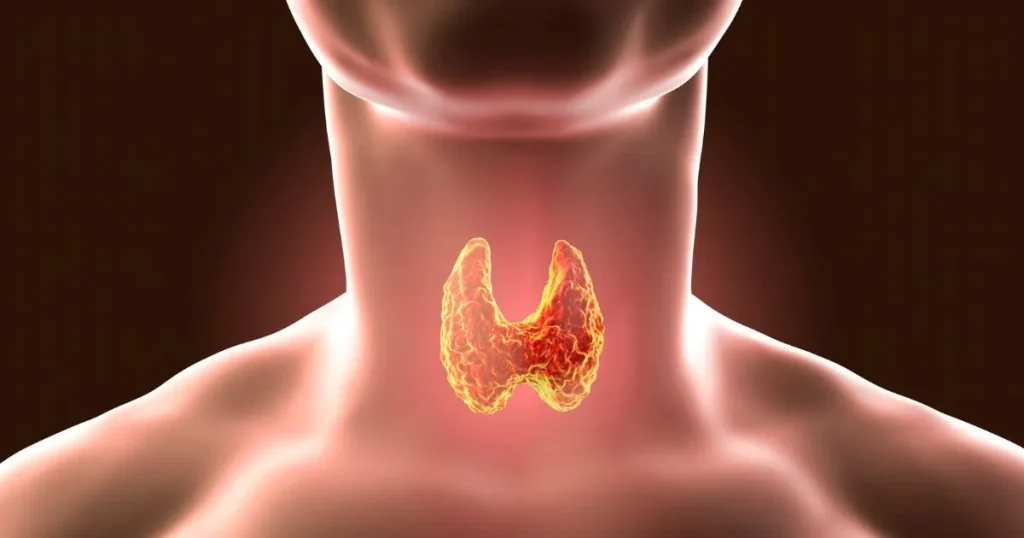
thyroid glandis a butterfly-shaped gland at the base of the neck.
Regulates growth, metabolism, body temperature, and many other bodily functionsthyroid glandIt produces hormones.
Hormones related to the thyroid gland
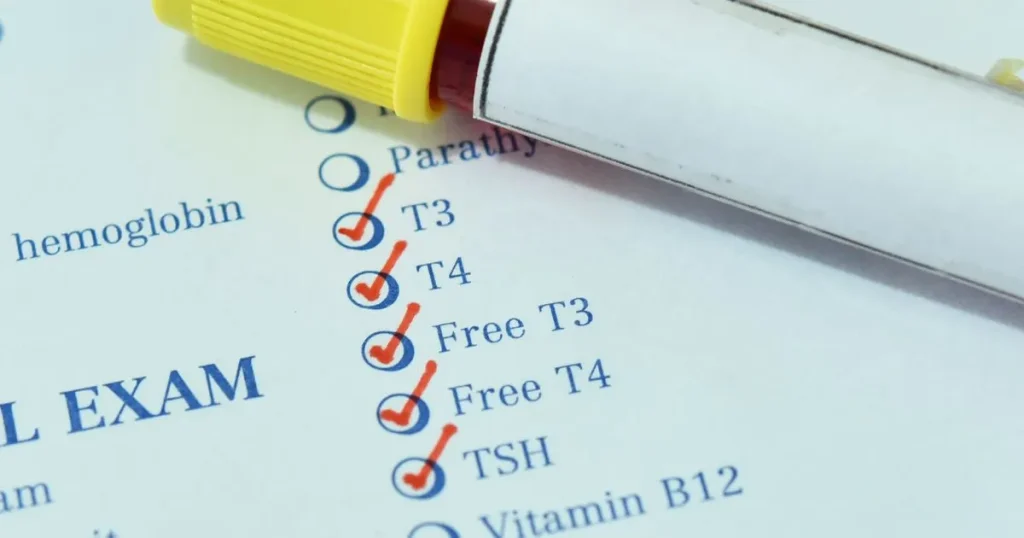
Below the larynx.thyroid glandHormones secreted in the
The pituitary gland of the brain controls its function and secretion.
- pituitary gland
-
The pituitary gland is a small organ, about 1 cm long, located near the center of the brain. It secretes hormones that regulate body balance.
The pituitary gland is divided into anterior and posterior lobes, each of which secretes different hormones.
In the pituitary gland, thethyroid glandIn addition to hormones, it secretes growth hormones, sex hormones, and adrenal corticosteroids. It's an organ that plays an important role in maintaining the body's function and health.
thyroid glandHormones are.thyroid glandIt affects almost every cell in the body via hormone receptors.
- receptor
-
Proteins alter cellular functions by binding inside the cell to physiologically active substances such as hormones, neurotransmitters, and drugs. This binding regulates the movement of molecules inside the cell and the overall activity of the cell.
that (something or someone distant from the speaker, close to the listener)thyroid glandThe hormones thyroxine (T4) and triiodothyronine (T3), andthyroid glandIt is a stimulating hormonethyroid glandStimulating hormone (TSH) has a significant effect on our body's vitality.
- T3
-
thyroid glandT4 is a hormone secreted by the liver and converted by the liver as needed; T3 binds to receptors in the cell and promotes cellular energy production.
- T4
-
Another.thyroid glandA hormone, it plays an important role in metabolism and growth; T4 is converted to T3 as needed.
- TSH
-
Secreted by the pituitary glandthyroid glandStimulating Hormones.thyroid glandand stimulates T4 and T3 secretion.The amount of TSH wasthyroid glandis one of the most important indicators of the normal functioning of the
thyroid glandHormones are hormones with a very wide range of activities, including
Typical actions of thyroid hormones
- Regulation of body metabolism and body temperature
- Neuro-muscleControl of
- Bone Health
- Stability of mental state
- Child growth and development
thyroid glandNormal function of the body is maintained through diet, exercise, andstressManagement, andsupplementDaily lifestyle habits are important, such as the intake of
However, there are times when even if you are careful, there is nothing you can do about it.
If you cannot take appropriate measures on your own, it is best not to be shy about consulting a medical professional.
Symptoms of thyroid malfunction
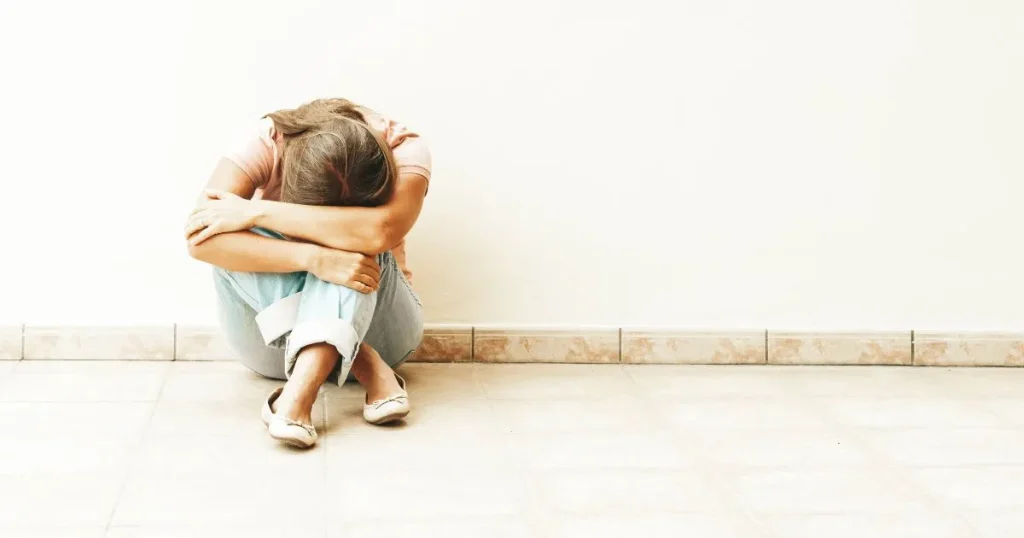
thyroid glandWhen the function of thethyroid glandInsufficient hormone production, "thyroid glandhypofunctionand vice versa.thyroid glandHormone overproduction," which causes an overproduction of hormones.thyroid glandhyperfunctional diseaseSymptoms such as
Symptoms of thyroid malfunction
- thyroid glandhypofunction
- thyroid glandhyperfunctional disease
In either case, it can cause a variety of symptoms.
hypothyroidism
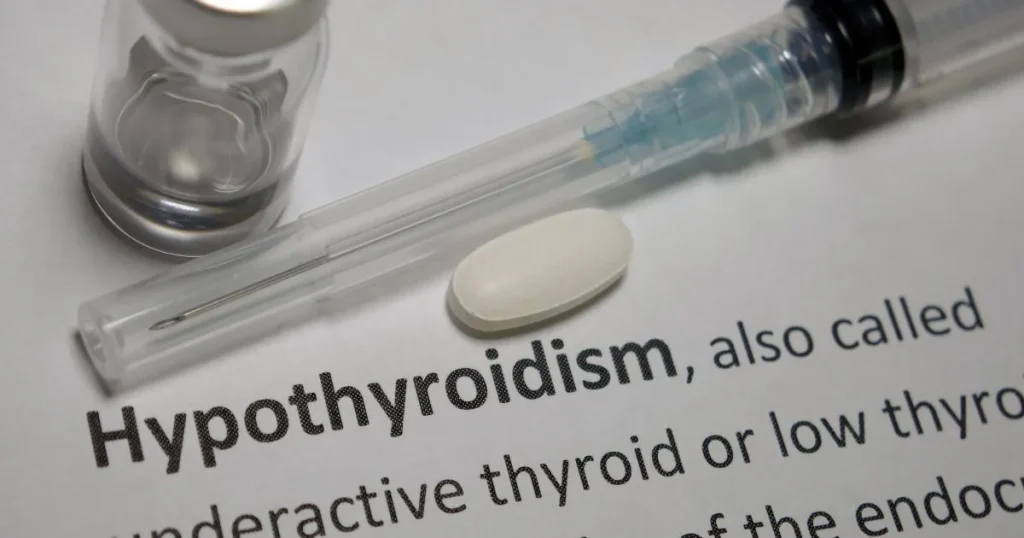
thyroid glandHypofunction is athyroid glandIt is a metabolic disorder caused by deficient hormone secretion.
The main causes areautoimmune disorderand by autoimmunity.thyroid glandis destroyed by the destruction of thethyroid glandHormone secretion decreases.
In addition, surgery and radiotherapy canthyroid glandremoval, and iodine deficiency are other causes.
Main Symptoms of Hypothyroidism
- washed-out feeling
- constipation
- weight gain
- sensitivity to cold
thyroid glandThe treatment of hypofunction includesthyroid glandHormone replacement therapy is commonly employed.
hyperthyroidism

thyroid glandHyperfunction is athyroid glandIt refers to a state of excessive hormone production.
The main cause is one of autoimmune diseasesGraves' disease (also known as Graves' disease)It is.
With this disease, thethyroid glandAutoantibodies against the stimulating hormone receptorthyroid glandand stimulates thethyroid glandIt causes an overproduction of hormones.
Main Symptoms of Hyperthyroidism
- polydipsia
- perspiration
- shaking of the hands
- increased appetite
- weight loss
thyroid glandTreatment of hyperfunction includes the use of antithyroid glandMedications, radiation therapy, andthyroid glandExtraction and other methods are commonly employed.
Experimental details: Validated in experimental rats with hypothyroidism
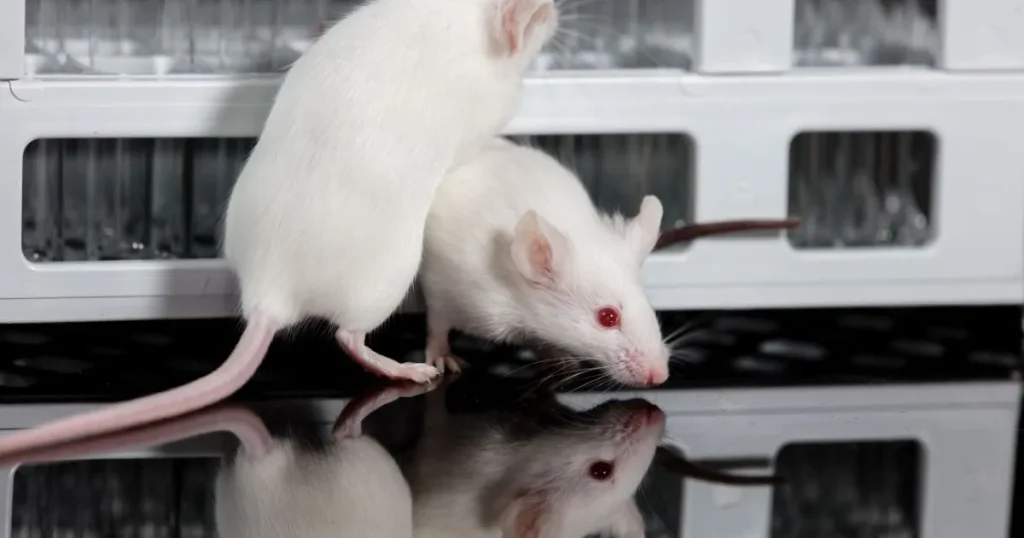
Let me preface this by saying that I would like to introduce you toashwagandha (type of Indian cactus)root (of a tooth, hair, etc.)essenceBefore and after treatmentthyroid glandSubmaxillary spit in hypofunctional rat pups.liquidUltrasonographic evaluation of the gland(in Japanese history)referenceThis is an experiment called "(1).
The flow of the experiment is as follows
- on purposethyroid glandCreate experimental rats for hypofunction.
- Divide into several groups
- Treat each one differently and monitor its progress.
The preceding paragraph, "thyroid glandIntentionally produced rats with "hypofunctional" disease,ashwagandha (type of Indian cactus)and drugs are administered. Verify the effectiveness of the treatment.
As for the experimental rats, it is simple: 10 pregnant mother rats are prepared and their pups are used.
Procurement of laboratory rats
- Prepared 10 pregnant mother albino rats
- Mother albino rats give birth to pups
The baby rats born here are the rats for this experiment.
Experimental Methods
- At 3 days of age, 40 male rats are divided into two groups, A and B
- Group A is untreated (healthy body)
- Group B received propylthiouracil orally for 3 weeks,thyroid glandHypofunction.
Group B is the "B" group.Intentional with medication.thyroid glandI made him hypofunctional.That is to say.
on purposethyroid glandGroup B, which was made hypofunctional, was further divided into three subgroups.
The final groupings are as follows
Final grouping
| symptoms | treatment | |
|---|---|---|
| normal group (A1) | normal | No treatment |
| non-treatment group (B1) | thyroid glandhypofunction | No treatment |
| ashwagandha (type of Indian cactus)group (usu. of people) (B2) | thyroid glandhypofunction | ashwagandha (type of Indian cactus)Aqueous extract of roots administered for 21 days(200mg/kg) |
| drug group (B3) | thyroid glandhypofunction | Levothyroxine for 21 days (4 g/100 g/day) |
Levothyroxine is athyroid glandDrugs used to treat hypofunction.
After the examination,Evaluation of the submandibular gland using ultrasound equipment in all groupsI did.
- submandibular gland
-
Large spitliquidOne of the glands, the oralspitliquidsecreteThe parotid gland is an important organ that is Located below the hyoid muscle of the jaw and following the parotid gland in size, the salivaryliquidIt is a gland and forms a rather flattened ellipsoid.
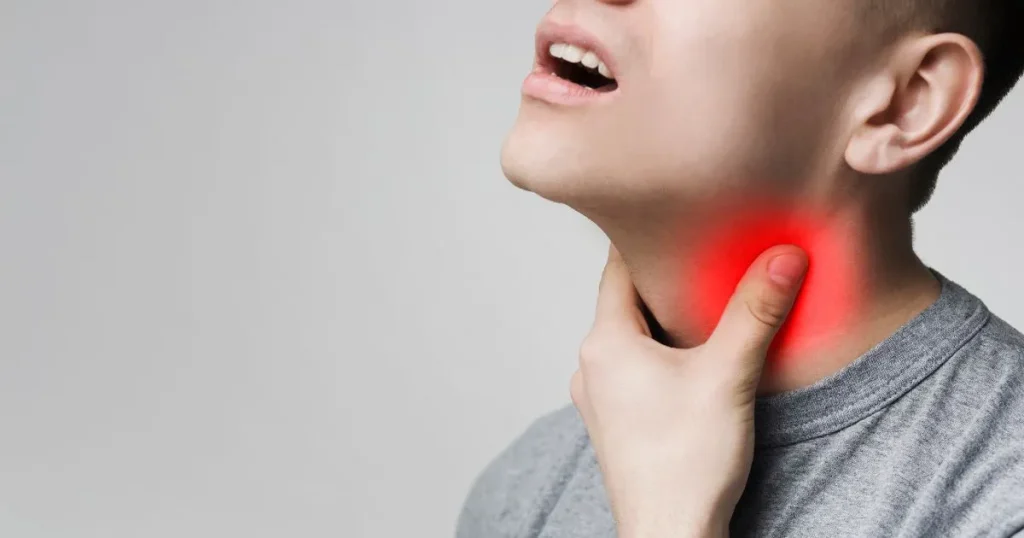
Experimental results: ashwagandha group slightly improved over drug group

The results of the experiment described in the previous section for each group were as follows.
| thyroid glandSize of | Ultrasound echo quality | |
|---|---|---|
| normal group (A1) | No change | No change |
| non-treatment group (B1) | increase | heterogenous |
| ashwagandha (type of Indian cactus)group (usu. of people) (B2) | Slight improvement over medications | Slight improvement over medications |
| drug group (B3) | improvement | improvement |
The degree of improvement for each group was "ashwagandha (type of Indian cactus)>Drug > No treatmentThe "Mere Old Man" is the first one.
."than the usual pair of prescription drugs,ashwagandha (type of Indian cactus)The pair improved (slightly)It is noteworthy that "the
The researcher commented.ashwagandha (type of Indian cactus)(at sentence-end, falling tone) indicates a confident conclusionantioxidant actionis a factor in this.He said.
ashwagandha (type of Indian cactus)is referred to as "adaptogen",basicallyside effectHighly safe with noIt is also fascinating that it is one of the herbs that is considered
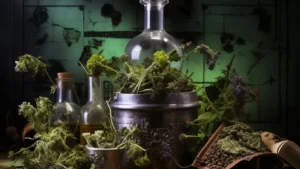
Similar experiments

Similar to this experiment,ashwagandha (type of Indian cactus)(at sentence-end, falling tone) indicates a confident conclusionthyroid glandHere are the results of a study examining the effects on function.
1998:ashwagandha (type of Indian cactus)root (of a tooth, hair, etc.)essenceadministration to mature male mice.thyroid glandChanges in hormone concentrations

... 2014: Bipolar Disorders.ashwagandha (type of Indian cactus)extracts in placebo-controlled trials.thyroid glandResearch on subtle changes in indicators

. 2019:thyroid glandof the hypofunctional rat model.thyroid glandIn profile adjustmentashwagandha (type of Indian cactus)Role of Methanol Extracts

Summary: Ashwagandha is effective for hypothyroidism
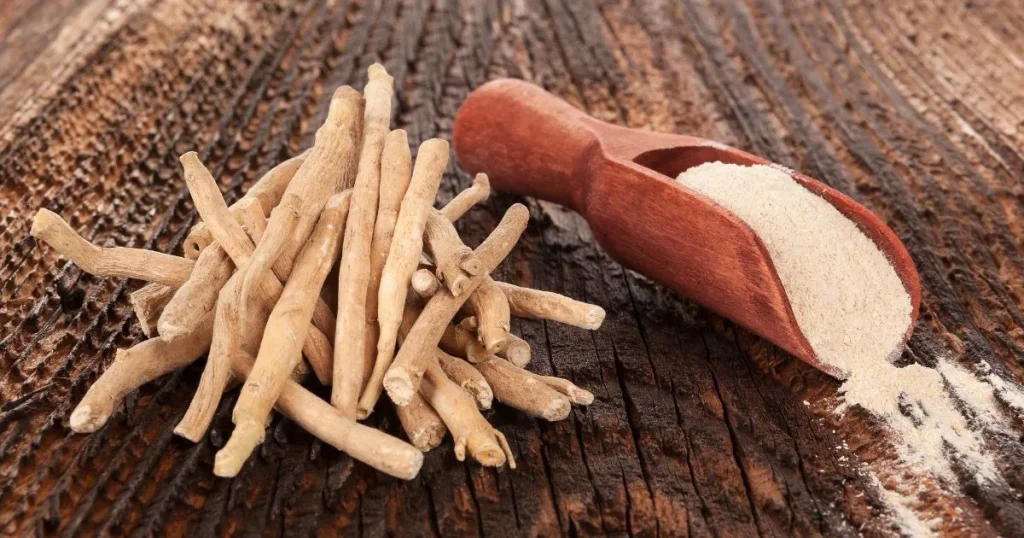
How was it?
In this issue.ashwagandha (type of Indian cactus)andthyroid glandWe have introduced an experiment that improved the symptoms of hypofunctional rats.
I would like to conclude the article with a summary.
Summary of this article
- For experiments.thyroid glandProducing hypofunctional rats
- ashwagandha (type of Indian cactus)Observed in groups with medication and no treatment
- ashwagandha (type of Indian cactus)The group of the most improved
That is all.
If you are currently suffering from chronic health problems or,thyroid glandIf a physician has indicated an abnormality in function,ashwagandha (type of Indian cactus)Symptoms may be relieved by the ingestion of
Please consider it. See you soon.
Disclaimer
This site is primarily intended toashwagandha (type of Indian cactus)to provide information about the results of the study and not to provide medical advice.
It is not intended to diagnose, treat, or prevent any specific disease or condition.
Always follow professional advice when using the information on this site.
We also cannot be held responsible for any loss or damage that you may suffer as a result of acting on the basis of the information on this site.
![[Supplement] Study shows Ashwagandha improves symptoms of hypothyroidism in baby rats.](https://ashwagandha-lab.biz/wp-content/uploads/2023/02/Supplement-Study-shows-Ashwagandha-improves-symptoms-of-hypothyroidism-in-baby-rats.webp)
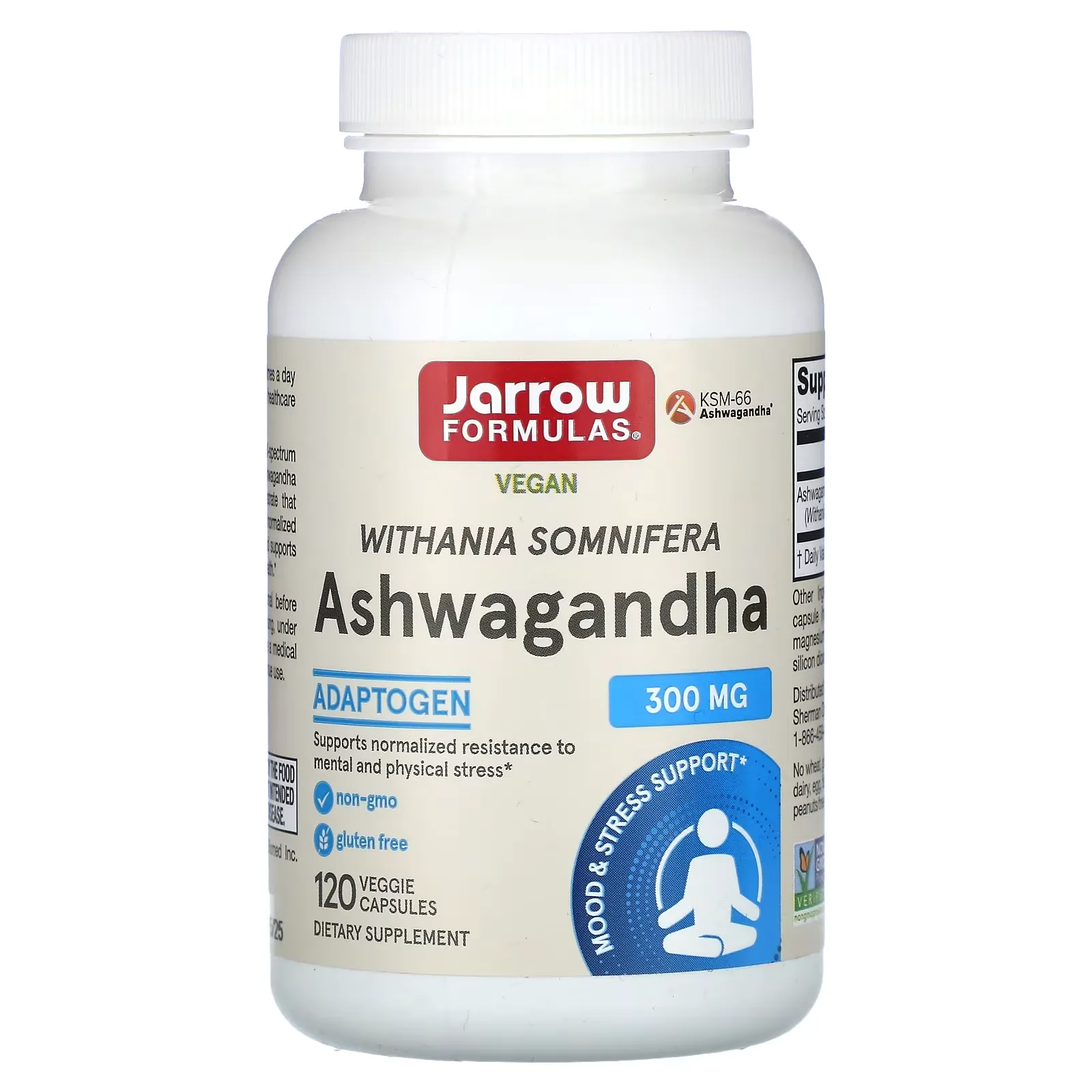
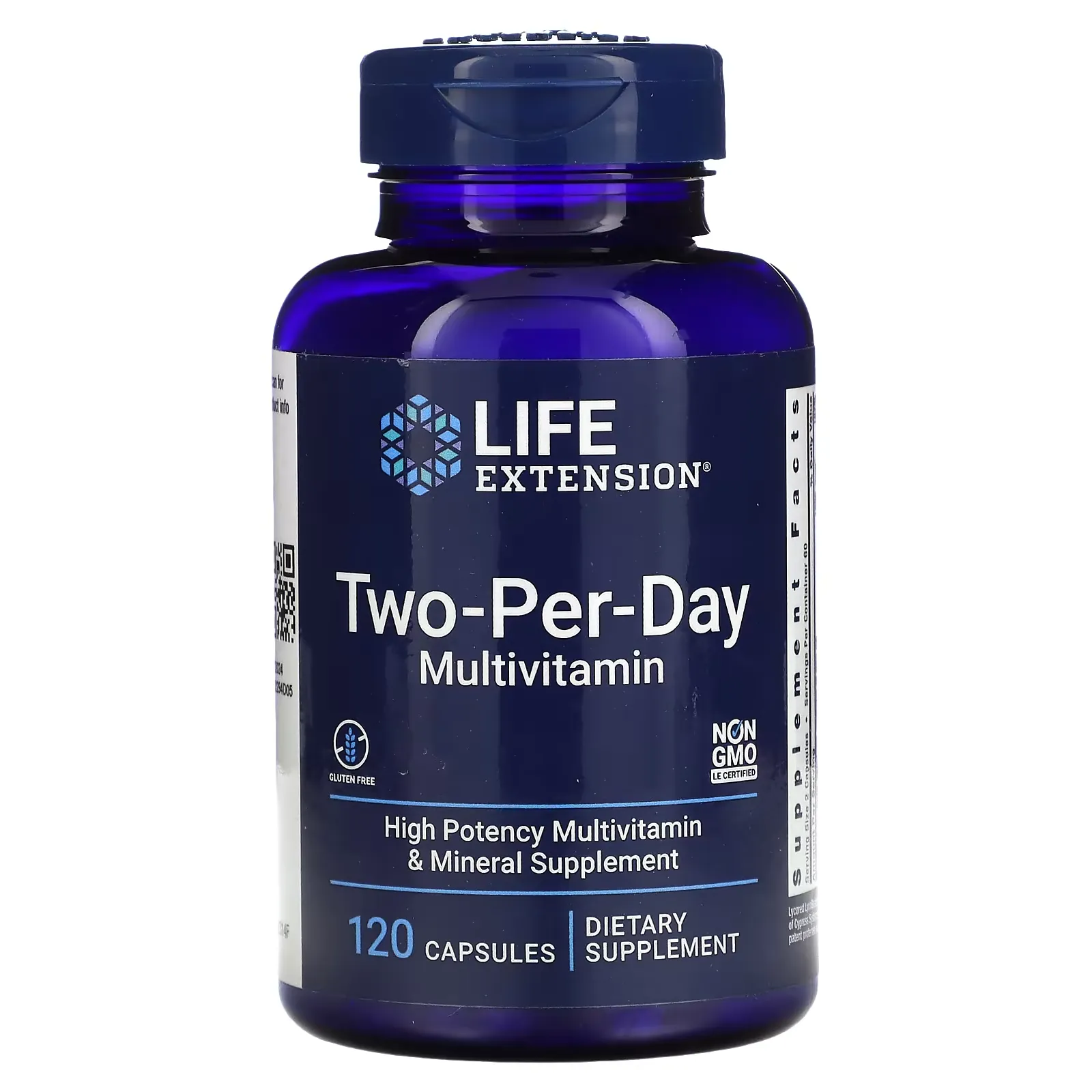

![[Supplement] Study shows Ashwagandha improves symptoms of hypothyroidism in baby rats.](https://ashwagandha-lab.biz/wp-content/uploads/2023/02/Supplement-Study-shows-Ashwagandha-improves-symptoms-of-hypothyroidism-in-baby-rats-300x169.webp)